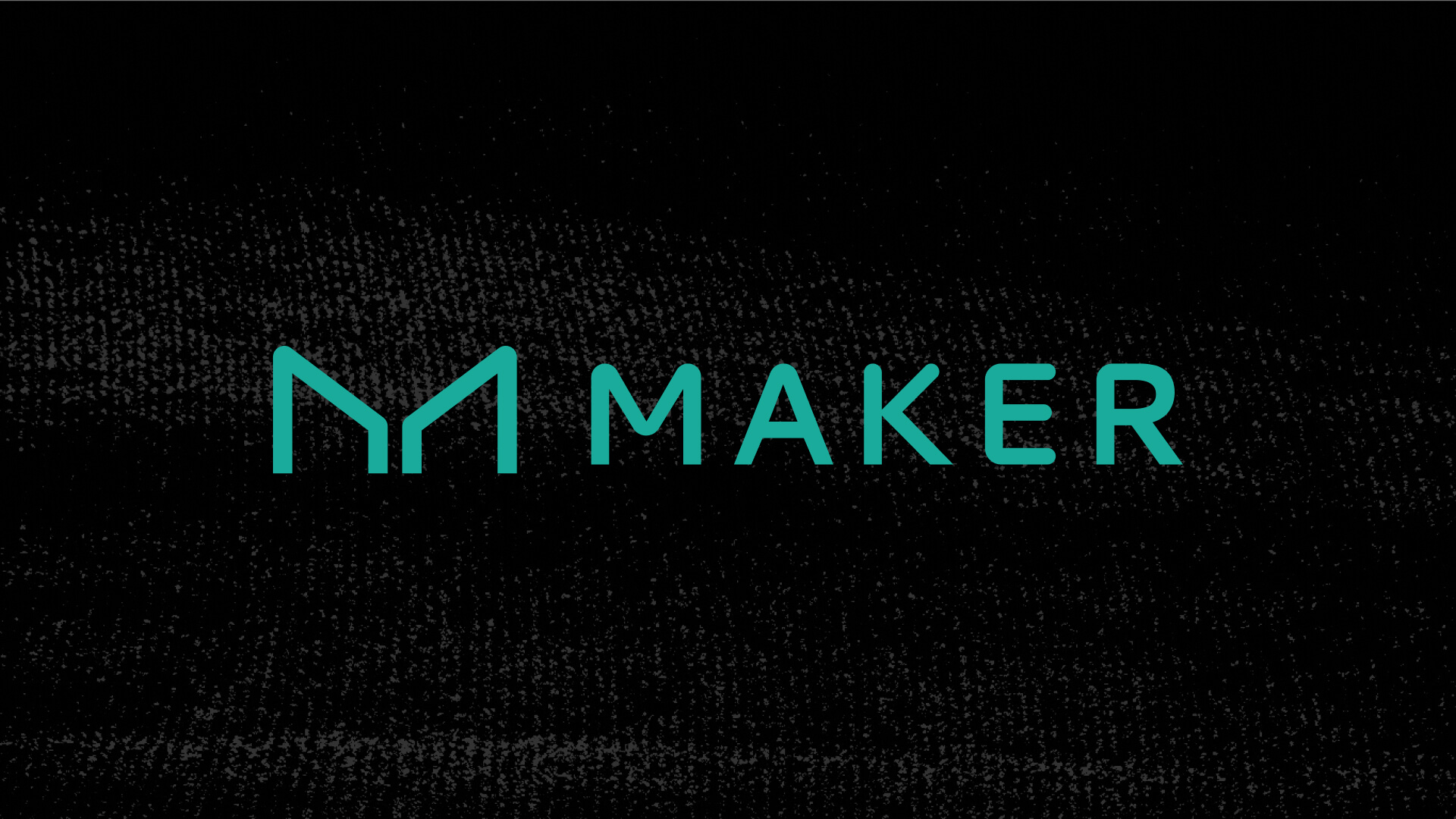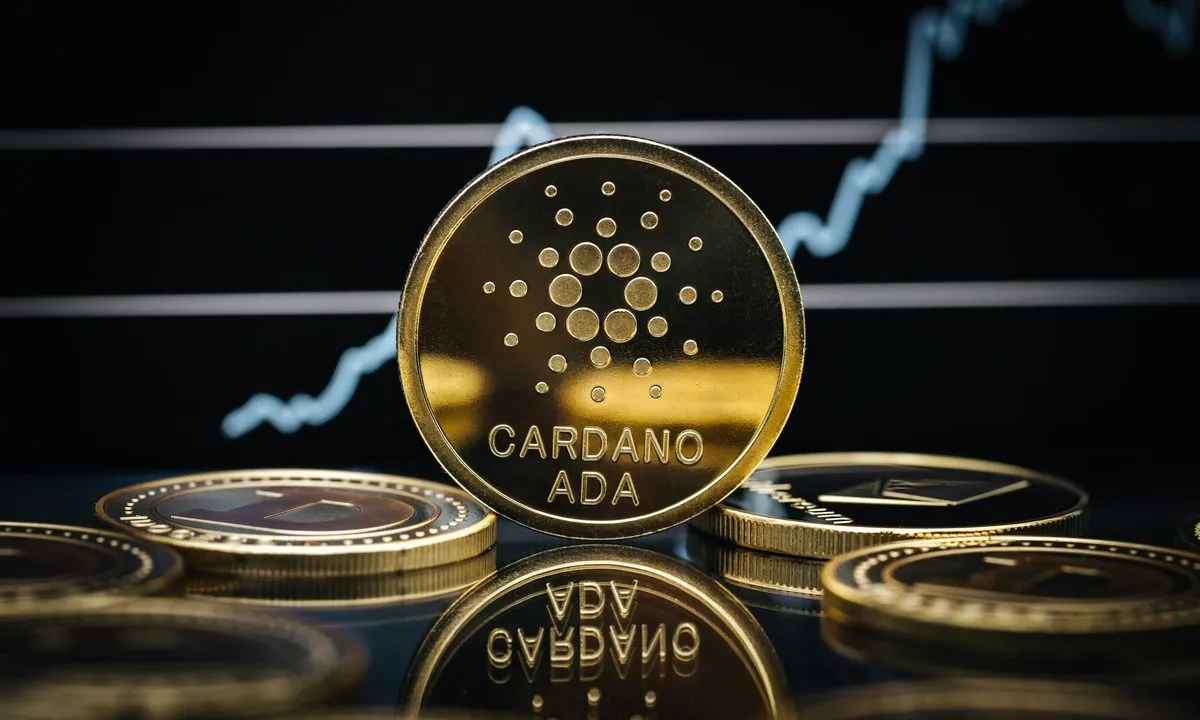|
Getting your Trinity Audio player ready...
|
The once harmonious relationship between decentralized finance (DeFi) giants MakerDAO and Aave has soured, highlighting the growing tension between innovation and risk management within the crypto space.
A Symbiotic Past, a Fractured Present
MakerDAO‘s DAI, launched in 2017, established itself as a leading decentralized stablecoin, backed by crypto assets like Ether (ETH). Aave, initially known as ETHLend, emerged around the same time as a peer-to-peer lending platform, readily integrating DAI as collateral. Throughout the 2021 DeFi boom, the two protocols enjoyed a mutually beneficial partnership.
However, the brutal 2022 bear market, marked by the collapse of major DeFi protocols and lending platforms, cast a shadow on their collaboration. The Terra ecosystem’s demise and the de-pegging of its algorithmic stablecoin, UST, sent shockwaves through the industry, prompting MakerDAO to cut off Aave’s Direct Deposit Dai Module (D3M) to shield itself from potential risks.
The Rise of USDe and the Seeds of Discord
MakerDAO’s subsequent foray into real-world assets like U.S. Treasuries to bolster DAI’s stability signaled a shift in strategy. However, their recent decision to extend credit to Ethena’s USDe, a stablecoin mirroring a “basis trade” strategy, proved to be a contentious move.
The USDe Dilemma: Innovation or Risky Proposition?
USDe aims to generate yield through a cash-and-carry trade involving staked ETH (stETH) and a short ETH position. While it has enjoyed positive funding rates so far, critics like Andre Cronje of Yearn.finance warn that a bear market could see the tables turn, potentially leading to USDe’s under-collateralization.
Aave’s response to MakerDAO’s embrace of USDe was swift. The platform debated limiting or even entirely removing DAI as collateral, ultimately settling on a 12% loan-to-value ratio reduction. This decision underscores Aave’s growing concern about the potential risks associated with USDe and MakerDAO’s recent actions.
Also Read: Ethena’s High-Yield Stablecoin USDe Divides Crypto Traders: Echoes of Terra or Innovation?
Beyond the DAI Dispute: A Looming Battle for Dominance?
The current conflict can be seen as a symptom of a larger struggle. MakerDAO launched Spark Protocol, a fork of Aave v3, while Aave introduced its own algorithmic stablecoin, GHO. These developments suggest a growing competition between the two platforms, potentially impacting the future of stablecoins within DeFi.
The MakerDAO-Aave saga raises critical questions about innovation and risk management in DeFi. John Lo, from Recharge Capital, emphasizes the need for more research on collateral limitations and flash loan vulnerabilities. Additionally, the lack of independent reviews of collateral and asset risks remains a significant gap within the DeFi ecosystem.
Moving Forward: A Silver Lining in the Storm?
Despite the current tension, the intense scrutiny surrounding USDe highlights the active governance within DAI. This ongoing debate, according to Lo, signifies a healthy and engaged community – a positive sign for any decentralized protocol.
While the immediate dispute appears settled, one thing is certain: the paths of MakerDAO and Aave are likely to intersect again, potentially shaping the future of stablecoin innovation and risk mitigation strategies within the ever-evolving DeFi landscape.
I’m a crypto enthusiast with a background in finance. I’m fascinated by the potential of crypto to disrupt traditional financial systems. I’m always on the lookout for new and innovative projects in the space. I believe that crypto has the potential to create a more equitable and inclusive financial system.




